Telescope Eyepieces: Which Is Best For Asteroid Observation?

Introduction
Asteroid observation is a fascinating field of study that allows us to unravel the mysteries of these celestial objects. To fully appreciate and understand asteroids, it is crucial to have the right equipment, such as telescopes and eyepieces. In this article, we will explore different types of telescope eyepieces and determine which ones are best suited for asteroid observation.
The Importance of Eyepieces in Asteroid Observation

Wide Angle Eyepieces
When observing asteroids, it is beneficial to use wide-angle eyepieces. These eyepieces provide a wider field of view, allowing for easier tracking and locating of asteroids as they move across the night sky. A wider field of view also enhances the overall observing experience by capturing more of the surrounding starfield and giving context to the asteroid's position.
High Magnification Eyepieces
While wide-angle eyepieces are valuable for initial observation, high magnification eyepieces are essential for studying asteroids in detail. Higher magnifications allow for closer examination of surface features, shape, and rotational movement. By using high magnification eyepieces, observers can gather valuable data about an asteroid's characteristics and contribute to scientific research.
Variable Zoom Eyepieces
Another option for asteroid observation is variable zoom eyepieces. These eyepieces offer adjustable magnification, allowing observers to quickly adapt to different asteroids' sizes and distances. Variable zoom eyepieces provide flexibility and convenience, especially when the observer desires a range of magnifications without changing eyepieces frequently.
Considering Eyepiece Parameters for Asteroid Observation
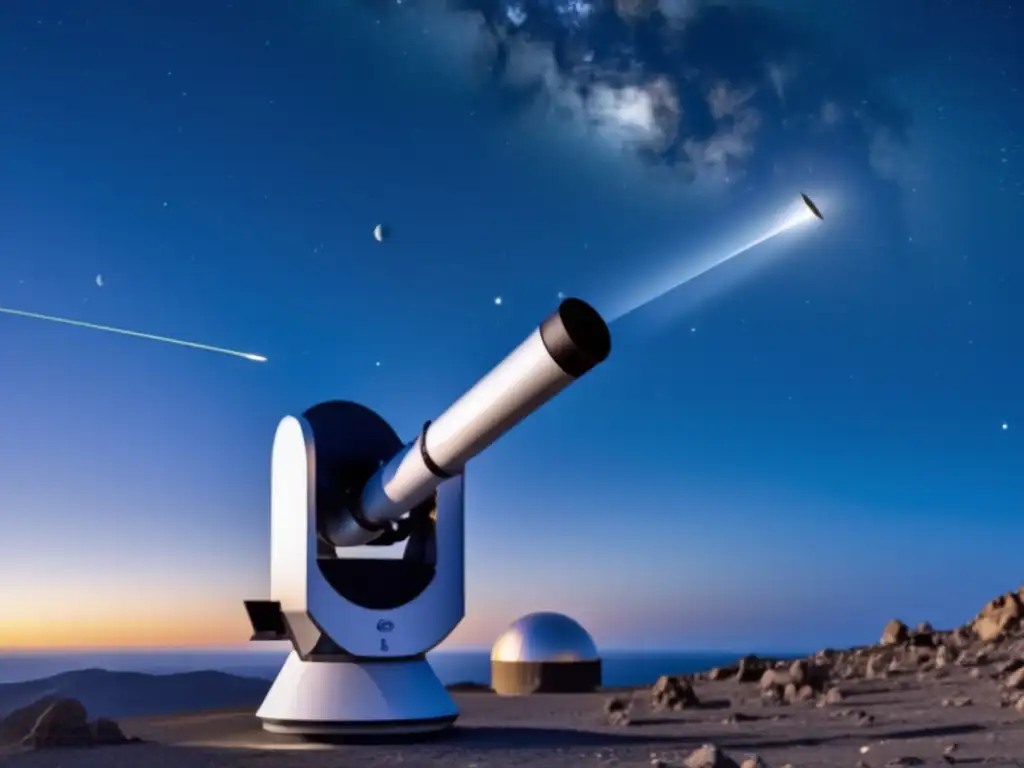
Apparent Field of View
The apparent field of view refers to the angular width of the image visible through an eyepiece. For asteroid observation, a wider apparent field of view is preferable as it allows for better visual context and easier tracking of moving objects. Eyepieces with a wide apparent field of view, typically ranging from 60 to 100 degrees, are ideal for asteroid observation.
Eye Relief
Eye relief is the distance between the eyepiece lens and the observer's eye at which the entire field of view is visible. Adequate eye relief is crucial, especially for observers who wear glasses or require extra comfort during long observing sessions. Eyepieces with longer eye relief, around 15-20mm, ensure a comfortable viewing experience without sacrificing the field of view.
Optical Design
There are various optical designs available for telescope eyepieces, such as Plössl, Orthoscopic, and Nagler. Each design offers different advantages and trade-offs. For asteroid observation, eyepieces with good contrast, minimal aberrations, and a crisp image are desired. High-quality eyepieces with advanced optical designs, like the Nagler series, can provide exceptional performance for detailed asteroid studies.
Choosing the Right Eyepiece for Your Telescope
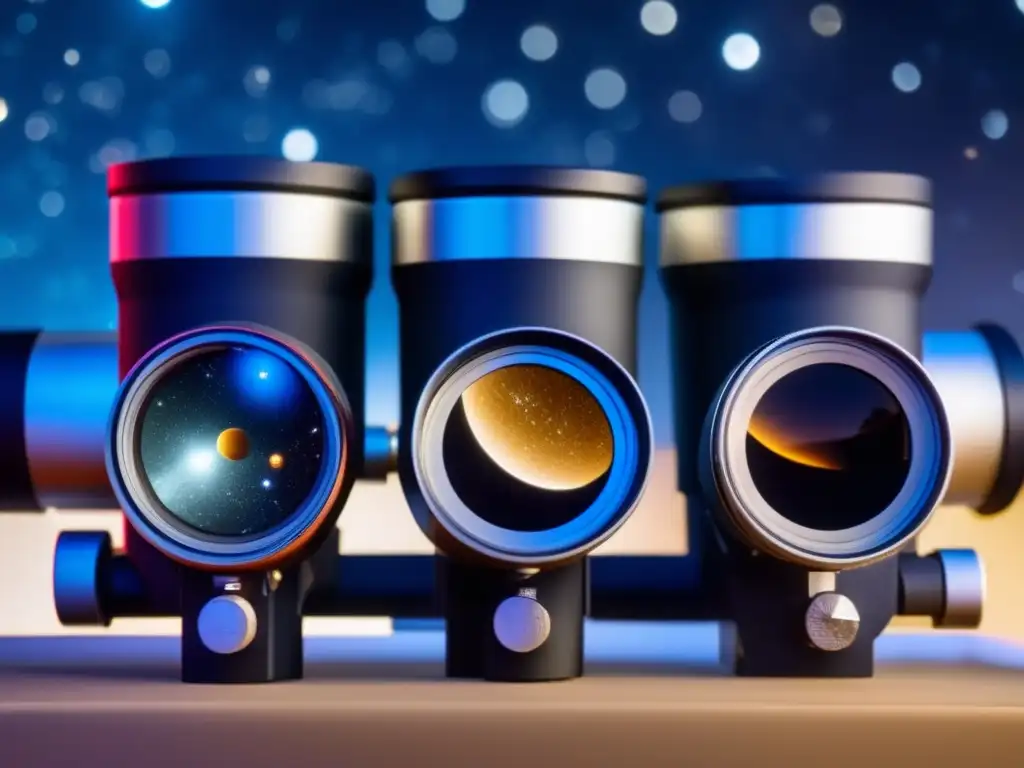
Consider Your Telescope's Focal Length
The focal length of your telescope affects the magnification achieved when paired with a specific eyepiece. To calculate the magnification, divide the telescope's focal length by the eyepiece's focal length. For asteroid observation, a range of magnifications is recommended to accommodate different asteroids' sizes and distances. Experiment with different eyepiece focal lengths to find the optimal magnification for your observing needs.
Budget and Quality
While it is important to consider budget constraints, investing in high-quality eyepieces will greatly enhance your observing experience and the accuracy of your observations. Well-known telescope eyepiece brands like Tele Vue, Explore Scientific, or Celestron offer a wide range of models suitable for asteroid observation. Research reviews and recommendations to find the best balance between quality and affordability.
Try Before You Buy
If possible, try out different eyepieces before making a purchase. Visiting a local astronomy club or attending star parties provides an opportunity to test various eyepieces and assess their performance firsthand. Trying different eyepieces with your telescope allows you to make an informed decision based on personal preferences and the specific requirements of asteroid observation.
Frequently Asked Questions
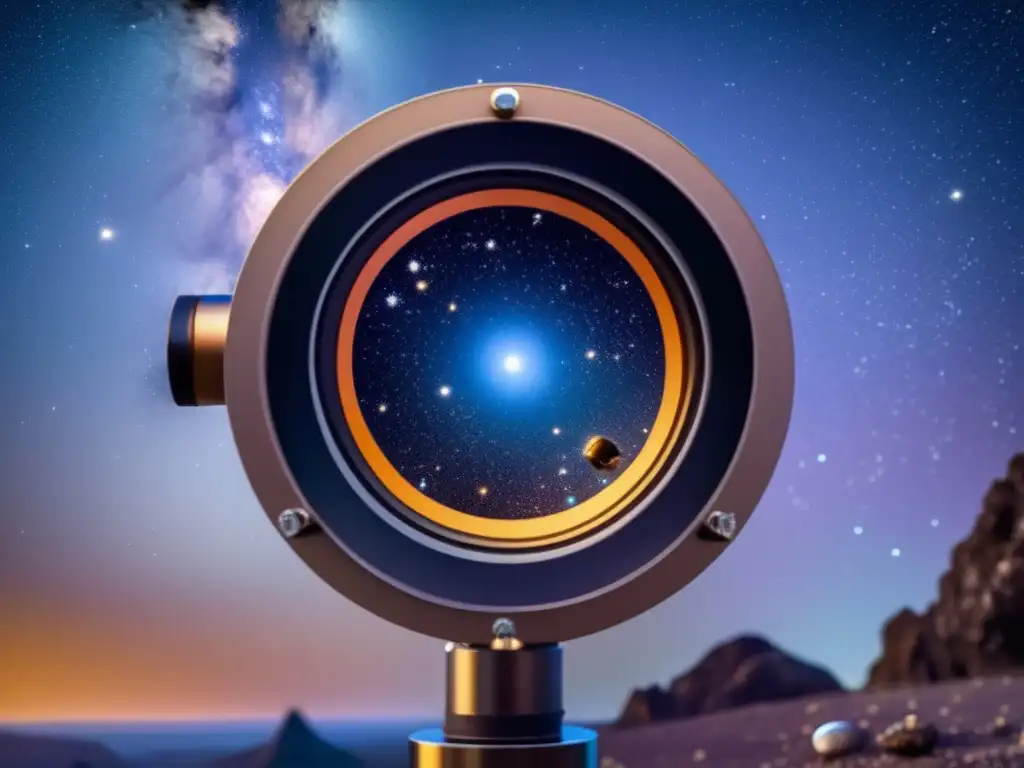
-
Can I use any eyepiece for asteroid observation?
While any eyepiece can be used for asteroid observation, wide-angle and high magnification eyepieces are recommended for the best results.
-
What is the benefit of using variable zoom eyepieces?
Variable zoom eyepieces offer flexibility in adjusting magnification without changing eyepieces frequently, making them convenient for observing asteroids at different sizes and distances.
-
Is a wide apparent field of view necessary for asteroid observation?
A wide apparent field of view is beneficial for tracking moving objects and providing visual context, making it advantageous for asteroid observation.
-
Why is eye relief important in eyepiece selection?
Eye relief ensures a comfortable viewing experience, particularly for observers who wear glasses or engage in lengthy observing sessions.
-
What should I consider when choosing an eyepiece based on my telescope's focal length?
The telescope's focal length determines the magnification achieved when paired with an eyepiece. Consider a range of eyepiece focal lengths to accommodate different asteroid sizes and distances for observation.
Conclusion
Choosing the right telescope eyepiece for asteroid observation can significantly enhance your observing experience and contribute to scientific understanding. Wide-angle eyepieces provide better tracking, high magnification eyepieces offer detailed examination, and variable zoom eyepieces provide flexibility. Considering parameters such as apparent field of view, eye relief, and optical design is essential in selecting the ideal eyepiece for your needs. Remember to try out different eyepieces before making a final decision and invest in quality for long-term enjoyment. Happy asteroid observing!
If you found this article helpful, please share your thoughts in the comments section below and consider subscribing to Asteroid Realm for more valuable content. Help us spread the fascination of asteroids by sharing this article on social networks and encouraging others to delve into the wonders of the cosmos. Thank you for your time and attention!
Additional Resources
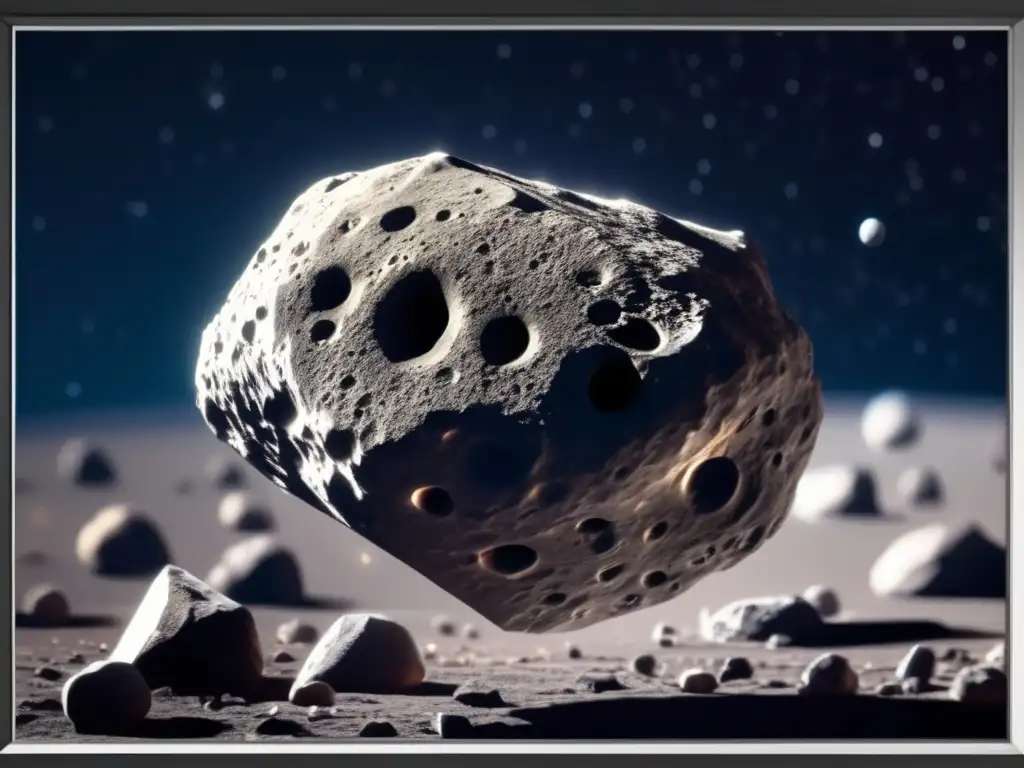
For more information on telescopes, eyepieces, and asteroid observation, check out the following resources:
- Asteroid Realm Telescope Buying Guide
- Tele Vue Eyepieces
- Explore Scientific Eyepieces
- Celestron Eyepieces
 Practical Guide: Understanding Asteroid Magnitudes For Observation
Practical Guide: Understanding Asteroid Magnitudes For Observation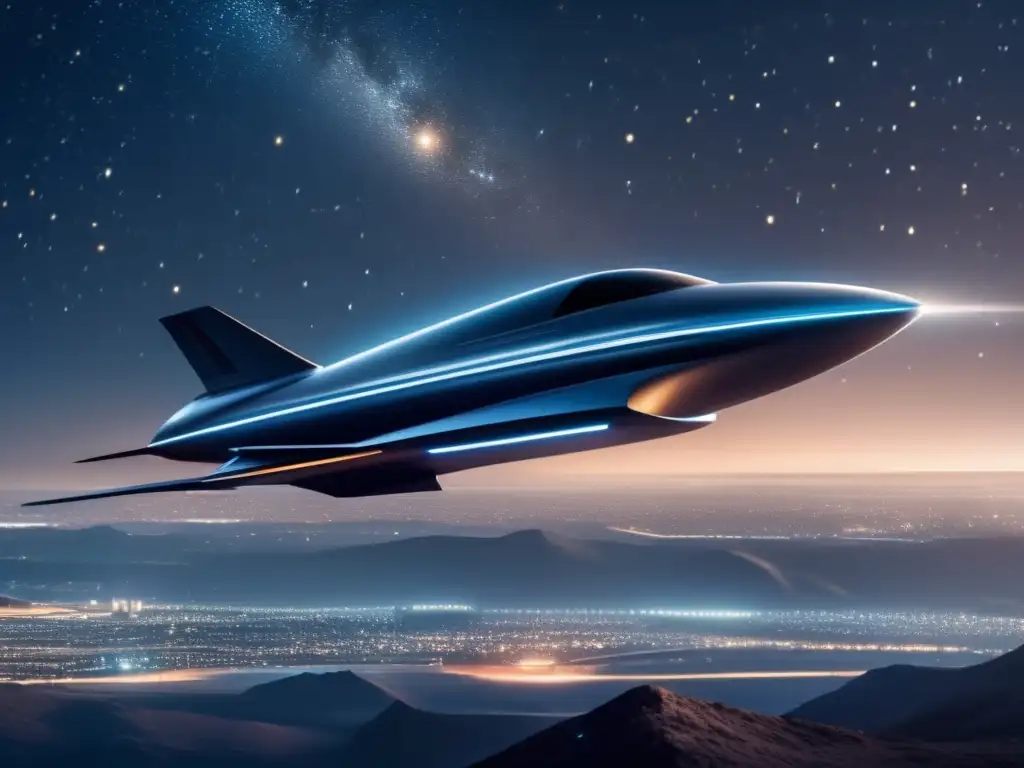 The Impact Of Light Pollution On Asteroid Observation
The Impact Of Light Pollution On Asteroid Observation The Top Locations For Asteroid Observation
The Top Locations For Asteroid ObservationIf you want to discover more articles similar to Telescope Eyepieces: Which Is Best For Asteroid Observation?, you can visit the Telescopes and Asteroid Observation category.
Leave a Reply

Articulos relacionados: